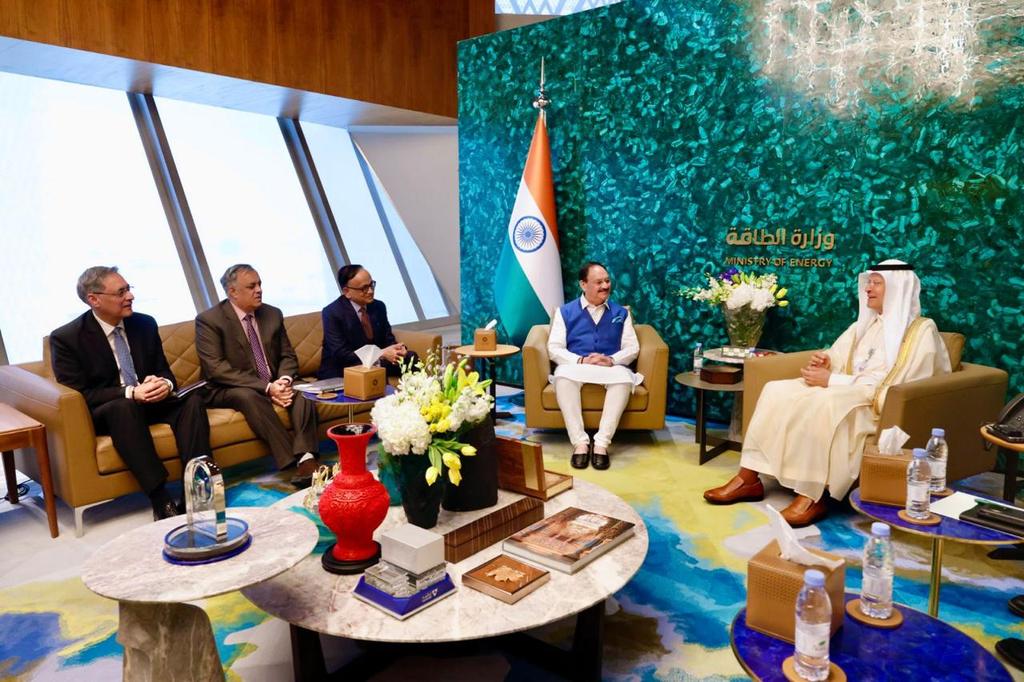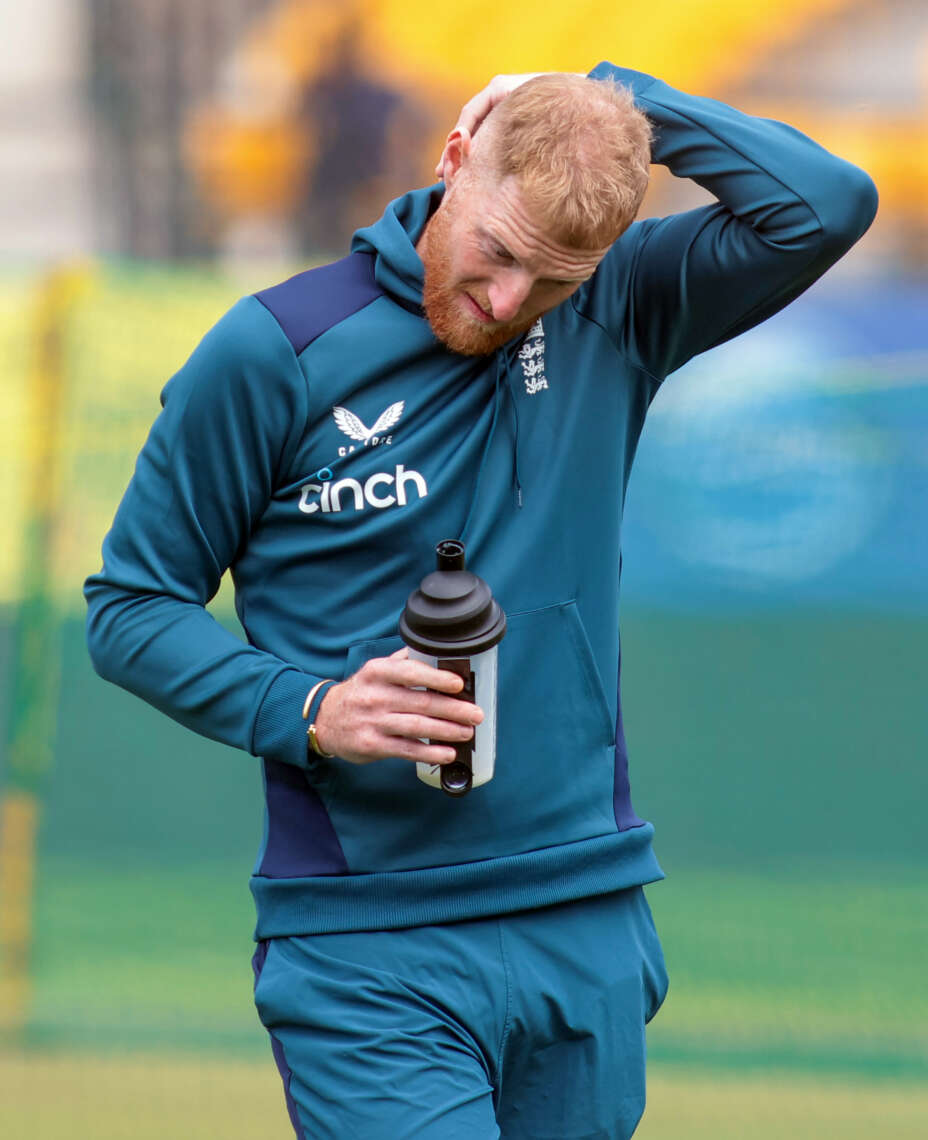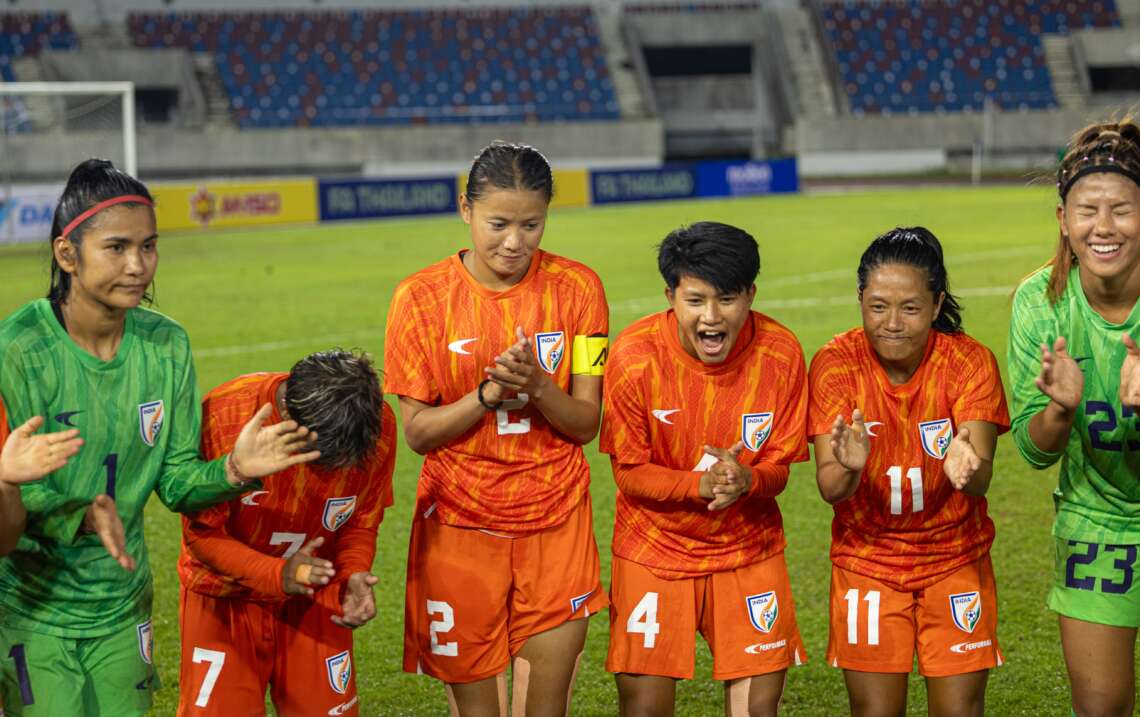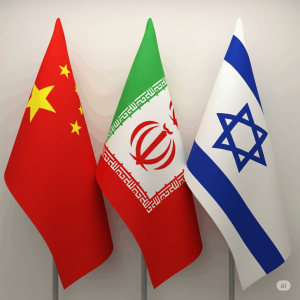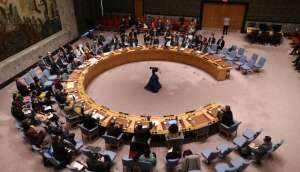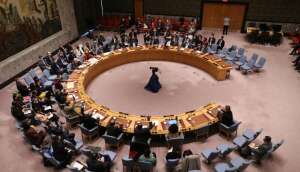Since the outbreak of armed insurgency in Jammu and Kashmir, Kashmiri Pandits have always remained soft targets for militants and their masters sitting across the Line of Control. The cataclysm that visited Kashmir in the early 1990s wounded Kashmir’s society so deep, it’s yet to heal … A special report Ashok Nath
Soon after the militants appeared in the streets of the Valley in 1989, they started targeting Kashmiri Pandits which led to their mass exodus from their own homeland. Even after 30-years of insurgency, Kashmiri Pandits continue to be in the line of fire and whenever ultras get a chance to kill any KP they don’t miss it.

On June 2 this year, militants killed a BJP councilor, Rakesh Pandita, in south Kashmir’s Tral area, his native village. Pandita had gone to meet a friend when militants fired at him. He died on the spot; his friend’s daughter, was injured in the attack.
The deceased was living in a secure accommodation in Srinagar and was provided with two personal security officers. But they were not accompanying him when he went to visit his friend. In June 2020 militants shot dead Ajay Pandita, another Kashmiri Pandit, Sarpanch, of Lukbawan village in Larkpora area of south Kashmir in Anantnag district. He had no security cover and was busy in his orchard when he was fired upon.
Targeted killings of Kashmiri Pandits in the Valley started in 1989. On September 13, 1989, militants drew the first blood by killing Kashmir’s BJP leader Tika Lal Taploo. It was followed by the killing of Neel Kanth Ganjoo – a retired judge who had sentenced founder of Jammu and Kashmir Liberation Front, Maqbool Bhat, to death— Ganjoo was shot dead outside the J&K High Court in Srinagar on November 4, 1989. Journalist-lawyer Prem Nath Bhat was killed in cold blood in south Kashmir’s Anantnag town on December 27, 1989.
Ultras also killed Lassa Koul, then director of Doordarshan Kendra Srinagar, a government broadcasting organization. In the beginning of 1990, hit lists of Pandits were in circulation. Waves of panic hit the community, especially after a local newspaper published an anonymous message, allegedly from the Hizb-ul Mujahideen, asking Kashmiri Pandits to leave
According to the figures dished out by a Kashmiri based Pandit organisation, Kashmir Pandits Sanghasrh Samiti (KPSS) as many as 399 Pandits have been killed in the Valley since the eruption of militancy in J&K in 1990. However, the government puts the number of KPs killed in militant attacks at 219.
Despite facing threats a few families of Kashmiri Pandits decided to stay back in the Valley, but it didn’t go well with the militants and their handlers. To ensure that no Pandit stays in Kashmir, militants carried out tow massacres of KPs one in 1998 and another in 2003.
On the intervening night of January 25 and 26 in 1998 as many as 23 unarmed Kashmiri Pandits were killed mercilessly by militants in their native village, Wandhama, in Central Kashmir’s Ganderbal district. These families paid a heavy price for choosing to stay behind.
The slain, included family members of four families and at least 5 guests, who had come from Jammu to visit their relatives.
Quoting the lone survivor, Vinod, son of Badri Nath, the locals said that he had miraculously escaped as he hid himself under a pack of heavy straw nearby to his home. “There was hue and cry everywhere, they dragged and shot all my family members,” Vinod, then 14-year old, according to the locals, had told the police.
Though a case was registered in this regard, but it was closed in 2008 for non-evidence. According to the details provided by the police the massacre was carried out by 21 foreign militants and 20 of them were killed in different encounters with the Indian security forces.
On March 23, 2003, as many as 24 Kashmiri Pandits, including 11 women and two children, were gunned down by militants at Nadimarg village in south Kashmir’s Pulwama district. Chuni Lal Raina, who survived the carnage, had revealed that on that fateful night the ultras entered the village called the unarmed victims out and took them near the temple. They were lined up and shot in the head.
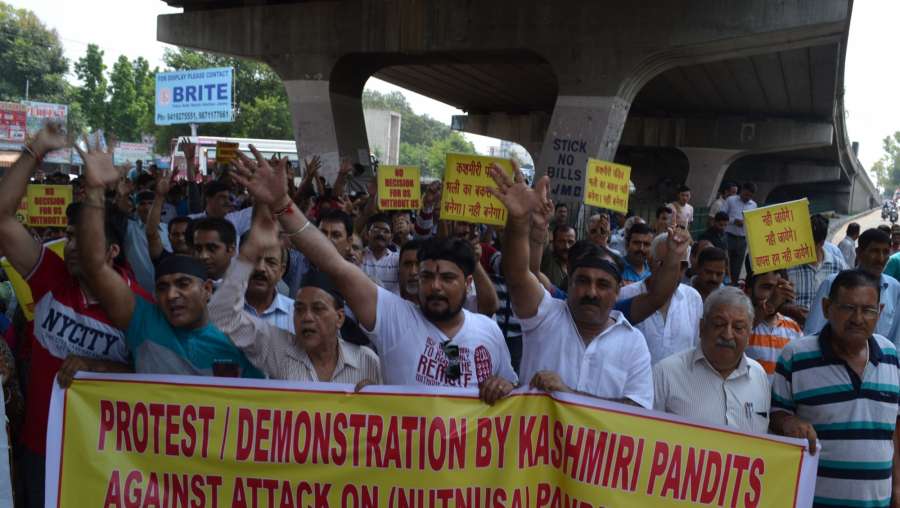
Nadimarg was a KP majority village, now abandoned. It had nearly 50 Pandit families before the eruption of militancy in 1990. Pandits were owners of fertile farms and fruit orchards which were considered best in south Kashmir and lived in relative peace despite the exodus of nearly 35-40 families. At the time of massacre, around 10 families were living in the village.
According to Rediff.com, on January 4, 1990, a local newspaper had published a press release issued by Hizb-ul Mujahideen. The group had urged young people to wage jihad for secession from India and accession to Pakistan. The release had also ordered Kashmiri Pandits to leave the Valley.
The press release was followed by a campaign launched to provoke Muslim population to fight for Azadi. Inflammatory speeches were made from loudspeakers of mosques, posters were stuck on the houses and shops of Kashmiri Pandits ordering them to either embrace Islam or leave the Valley. KPs were left with no other option but to leave everything behind and move out.
Columnist Shaista Masood in an article written in Wire in 2018 had given a first person account of how she saw militants killing Kashmiri Pandits in cold blood. She had written about an incident which she witnessed on June 15, 1997, when she was 17-years old. “I along with my sister and father were on a bus to Jammu. We were a few kilometers away from a small valley, Gool, where a Kashmiri-speaking Muslim majority has lived since migrating in the drought of 1880.”
She has written about how the bus was stopped by the gunmen and how Kashmiri Pandits and Muslims were segregated and how three KPs were shot dead in cold blood.
Like Shaista there are many Muslims in Kashmir who witnessed the cold blooded murders of KPs. Ones who could muster courage have spoken their heart out but many have just concealed such incidents within their hearts, fearing reprisal. Caught in crossfire Past 30-years of turmoil has left Kashmir soaked in blood. In 1989 and 1990, militants targeted and killed both Muslims and Pandits who they thought were close to the ruling establishment, the state’s bureaucracy, the armed forces, intelligence agencies, and so on.

Anyone suspected of being an informer, irrespective of his religion had to face militant bullets. Grenade attacks carried out by the ultras left many civilians injured or dead. Guerillas carrying guns had the license to kill anyone, especially the workers of mainstream political parties.
Even in 2021, political workers or the people close to establishment are at the receiving end as militants find it easy to kill them.
After 1990, as many as 62,000 KP families were registered as migrants, out of which 40,000 were in Jammu and 20,000 were in Delhi, with the remaining spread across the rest of the country. These families faced lot of hardships after their forces exodus from Kashmir. They braved all odds to settle in different parts of the country. But many of them still wish o return to their homeland. After migrating they sold their properties at very low costs and most of them claim that these were distress sales.
During the past few years, Kashmiri Pandits have been demanding that government should resettle them in the Valley in secure zones so that the history is not repeated. Proposal to set up separate colonies was moved by the BJP led central government in 2015 but the then J&K government led by Peoples Democratic Party (PDP), succumbed under the pressure of separatists and not much headway was made to build these townships.
Many things changed in Kashmir after August 5, 2019—when the Indian government announced its decision to abrogate J&K’s special status and bifurcated it into two union territories—the efforts are afoot to develop separate colonies for Kashmiri Pandits so that they can return to the Valley and live without any fear.
The government has already built some structures in central, south and north Kashmir and these areas have been designated as separate zones for Kashmiri Pandits, who want to return to their homeland.
On March 17, this year Union Minister of State for Home G Kishan Reddy had informed the Parliament that 520 Kashmiri migrants have returned to the Valley after the abrogation of Article 370 to take up jobs under the Prime Minister’s special package.
Reddy had stated that a total of nearly 3,800 migrant candidates have returned to Kashmir in the last few years to take up the PM package jobs. “The provision of special jobs for the Kashmiri migrant youths under the PM package is an important part for the rehabilitation of Kashmiri migrants, who left the Valley in 1990s due to militancy,” he had said.
Ground situation in Kashmir has improved considerably but militants are making every possible attempt to keep the minorities away from the Valley and are leaving no opportunity to create fear psychosis.
On December 31, 2020 militants shot dead a 65-year-old jeweller in Sarai Bala area of Srinagar. The goldsmith Satpal Nischal, son of Amarnath Nischal, owner of Nischal Jewellers living in Indira Nagar area in Srinagar, was fired upon by the militants at his shop. The deceased was a non-state subject but was living in Kashmir for the past 50 years. He had received the Domicile certificate just a few days before his killing.

In February this year militants tried to create fear by attacking the son of the owner of a famous eatery, Krishna Dhaba, at Sonawar in uptown Srinagar. Akash Mehra (22), son of Ramesh Kumar Mehra, was fired upon by the ultras when he was busy with his work. After battling for life for many days Mehra succumbed to his injuries. The attack was carried out on the day when the delegation of envoys from 23 countries was visiting Kashmir.


